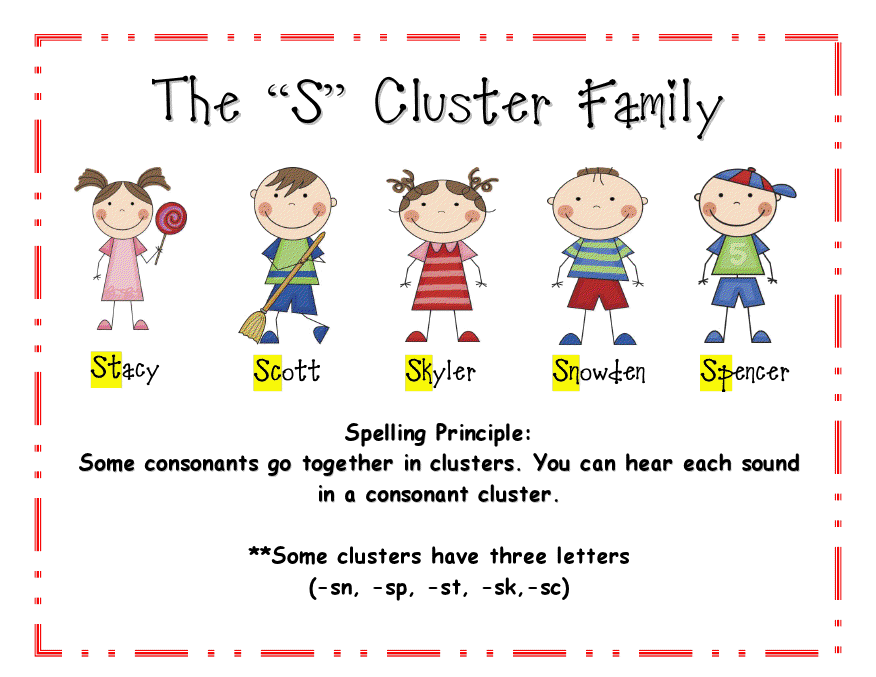
Have the child imitate your way of playing an instrument. This helps them strengthen their auditory memory as they are trying to remember a long list of items.

Ask the children to listen to and remember all the sounds they hear over a minute or two.
Auditory discrimination activities for preschoolers. Auditory Discrimination Games and Activities Listening walks. This listening activity can take place indoors or outdoors. Remind the children about the things that.
This is another activity that can take place indoors or outdoors. Remind the children how to be. Start by saying I went to the store and bought and add one item.
Your child then repeats that phrase what you bought and then adds an item to the list. Keep adding items until one of you forgets an item. This helps them strengthen their auditory memory as they are trying to remember a long list of items.
Here are some examples of simple auditory perception activities you can do with your preschoolers in just 5 or 10 minutes a day to sharpen their ears. Some are general activities that should be done regularly such as reading and others are ideas of specific games to play. For example The Comprehension Zone is a game where we play for both auditory memory auditory comprehension and reading comprehension.
Making Spelling Sense is where we work on auditory discrimination auditory closure and auditory memory. Computer work adds to the hands-on work we have already done. I dont use computerized programs exclusively because I.
This activity is similar to the first activity except this time the child guesses the name of the instrument that made the sound. Have the child imitate your way of playing an instrument. For example using a xylophone hit one of the bars once or twice and have the child imitate you.
Activities to develop auditory discrimination skills. Listening listen to sounds on CD then ask the pupils to. O point to a picture of the object making the sound and name it o point to a real object that makes the sound and then try it out.
Listen to the sound of real objects with eyes closed. Children guess and name. Play Sound Bingo listening to sounds on tape and covering the correct.
203 pages of penguin centers. Activities include literacy math ordinal numbers shapes numbers counting beginning sounds color words letter order alphabet winter activities ten frames tally marks size sorting letter matching subitizing number sets visual discrimination number words cardinality fine motor and more. For kindergarten preschool SPED child care homeschool or any early.
Activities to develop fine motor skills and artistic creativity. Songs nursery rhymes and music appreciation for developing auditory perception. Activities to develop visual skills which are important for reading.
Activities to develop numeracy and mathematical concepts. Linguistic activities to develop preschool language skills. Included are 5 short i auditory discrimination activities to build phonemic awareness.
They should be used after the students have been exposed to the letter i and its short sound1. Initial sound in words 3. Medial sound in words 4.
Initial and medial level. See more ideas about speech and language auditory processing speech language therapy. Aug 22 2017 - Explore Jenny Gales board Auditory Discriminatin followed by 420 people on Pinterest.
Auditory processing activities are a tool for many auditory processing disorders or issues. From poor listening skills to difficulty with language comprehension or auditory sensory sensitivities activities that challenge the sense of hearing can be helpful for many children. Listening Skill Enhancement Activity About Press Copyright Contact us Creators Advertise Developers Terms Privacy Policy Safety How YouTube works Test new features 2021 Google LLC.
Auditory Discrimination Distinguishing between the distinct and separate sounds in words. Auditory Figure-Ground Discrimination Identifying important sounds from a noisy background. Auditory Memory Remembering what is heard.
Auditory Sequencing Understanding and recalling the order of. Ask the children to listen to and remember all the sounds they hear over a minute or two. Ask what made each sound and encourage the children to try to make the sound themselves.
Environmental sound or speech. Play recordings of pairs of sounds including words phrases songs poems and sentences. For Teachers 1st - 3rd.
Students determine the sources of sound. In this auditory discrimination lesson students listen to animal noises and various other noises. As students listen they identify the sounds that they hear.
Get Free Access See Review. Improving auditory discrimination may not be an objective on a students IEP but as shown above teachers can use targeted discrimination practice to improve auditory identification an essential speech perception task. Here are some guidelines for quick and effective uses of discrimination practice in the course of an academic lesson.
When the teacher first asks the student to discriminate. Auditory discrimination essential to accurate comprehension and interpretation. Auditory discrimination is related to speech because hearing a sound correctly is the key to speaking it correctly.
Betts and Dechant strongly contend that without accurate auditory discrimination a child cannot learn to speak correctly.